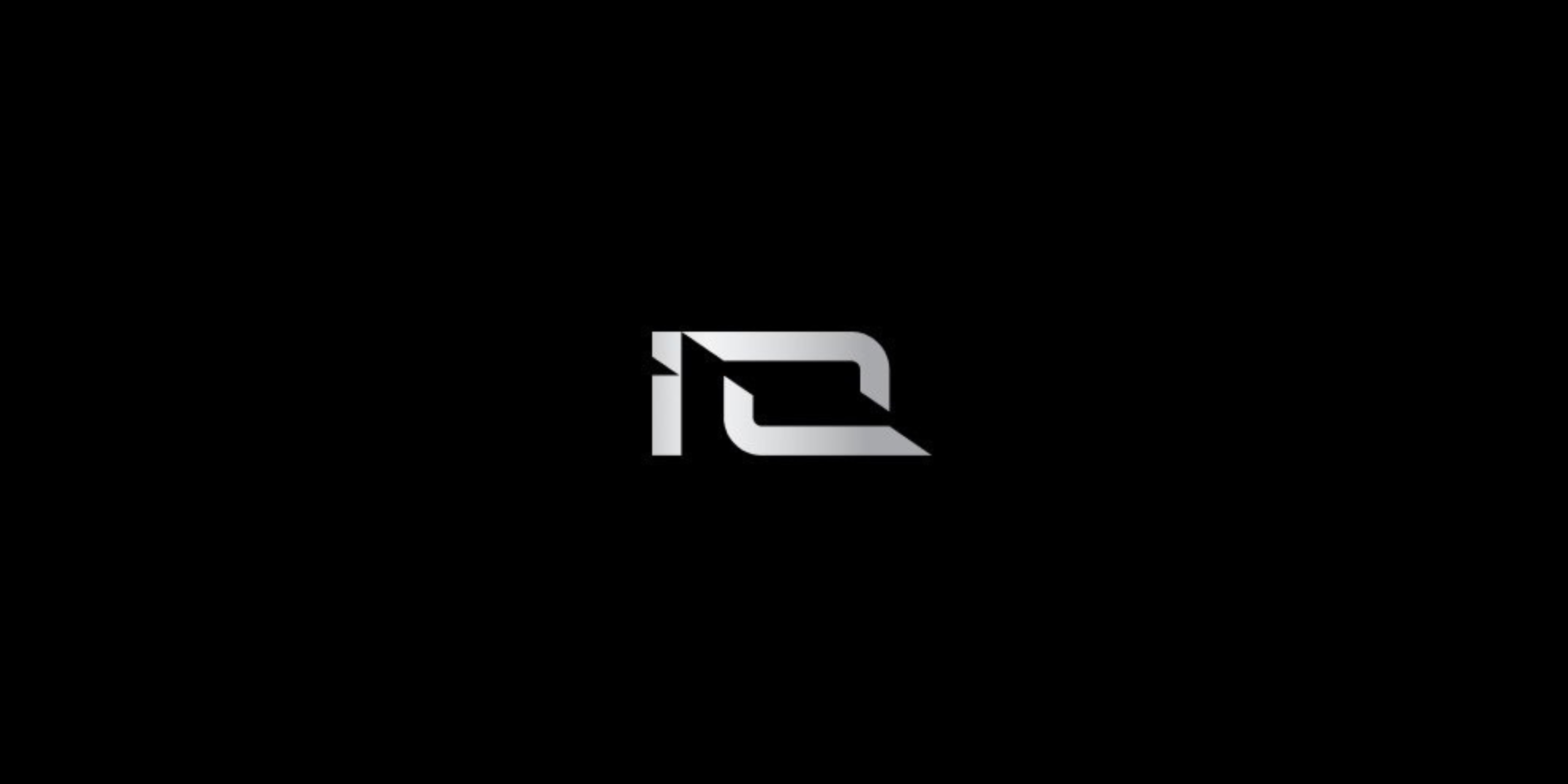Introduction
The XDC Network is an enterprise-grade blockchain designed for institutional use, particularly in trade finance, asset tokenization, and cross-border transactions. Its technical foundation, a Delegated Proof of Stake (XDPoS) mechanism, promises scalability, security, and near-zero transaction costs. This review evaluates the XDC Network’s innovation, architecture, code quality, and overall development trajectory, providing a balanced and technical perspective on its strengths and areas for improvement.
XDC Network Innovation
XDC Network stands out for its focus on institutional use cases. Its interoperability through Ethereum Virtual Machine (EVM) compatibility allows seamless integration with existing Ethereum-based smart contracts, enhancing cross-chain functionality. Furthermore, its ISO 20022 compliance aligns it with traditional banking systems, providing an edge in global trade and finance. The upcoming XDPoS 2.0 upgrade, which integrates Byzantine Fault Tolerance (BFT) for enhanced security and accountability, is a significant step forward, simultaneously addressing performance and security concerns.
Architecture
XDC’s use of XDPoS sets it apart from traditional Proof of Work or other Proof of Stake mechanisms. The system relies on 108 Validator Masternodes, ensuring decentralization while maintaining high throughput, with up to 2,000 transactions per second (TPS). The network’s block time of two seconds provides near-instant finality, which is ideal for financial transactions. Introducing a forensic system in XDPoS 2.0, using cryptographic signatures to detect and punish malicious nodes, is a noteworthy security enhancement, improving trust in the network’s reliability.
Code Quality
The XDC Network‘s open-source codebase enables transparency and community participation. Its EVM compatibility ensures that developers familiar with Ethereum can quickly adapt their work for XDC, which promotes faster ecosystem growth. The upcoming XDPoS 2.0 code promises greater efficiency and improved security. However, detailed audits and third-party security reviews of the codebase would offer greater assurance of its robustness. Documentation is comprehensive but could benefit from more frequent updates, especially in preparation for the consensus upgrade.
Product Roadmap
The XDC Network’s roadmap is ambitious, with the forthcoming XDPoS 2.0 upgrade promising more robust security and better scalability. The network has set its sights on further enhancing cross-chain interoperability and expanding its presence in trade finance. However, while the roadmap presents a solid long-term vision, the execution timeline remains critical. Regular updates from the XDC Foundation on milestones achieved would instill greater confidence in the community and stakeholders.
Usability
XDC’s EVM compatibility for developers reduces the learning curve, making the platform accessible to those familiar with Ethereum’s development tools. From an end-user perspective, the network’s near-zero transaction fees and instant transaction finality make it appealing for use cases in finance, especially for institutions that need fast, cost-efficient, and secure transaction processing. However, broader adoption may require a more user-friendly interface and enhanced developer tools, particularly for less technical users or those new to blockchain technology.
Team
The XDC Foundation, established in 2021, supports the network’s development, fostering decentralization and open-source contributions. The team’s experience in trade finance and blockchain technology positions it well to drive institutional adoption. However, as the network scales, maintaining transparency around governance and decision-making processes will be crucial to ensuring trust and decentralized control.
Conclusion
The XDC Network brings significant innovations in scalability, interoperability, and security, making it an attractive option for enterprise use, particularly in trade finance and asset tokenization. The upcoming XDPoS 2.0 upgrade positions the network for greater security and accountability. However, challenges remain around centralization risks due to high staking requirements and the inflationary pressures associated with master node rewards. The network’s success will hinge on the execution of its roadmap and sustained institutional adoption, but its technical foundation and development direction provide a promising outlook.
| Initial Screening | |||
| Keep researching | |||
| Does this project need to use blockchain technology? | Yes | ||
| Can this project be realized? | Yes | ||
| Is there a viable use case for this project? | Yes | ||
| Is the project protected from commonly known attacks? | Yes | ||
| Are there no careless errors in the whitepaper? | Yes | ||
| Project Technology Score | |||
| Description | Scorecard | ||
| Innovation (Out Of 11) | 10 | ||
| How have similar projects performed? | Good | 2 | |
| Are there too many innovations? | Medium | 1 | |
| Percentage of crypto users that will use the project? | Over 11% | 5 | |
| Is the project unique? | Yes | 2 | |
| Architecture (Out of 12) | 11 | ||
| Overall feeling after reading whitepaper? | Medium | 1 | |
| Resistance to possible attacks? | Good | 2 | |
| Complexity of the architecture? | Easy | 2 | |
| Time taken to understand the architecture? | Less than 20 min | 2 | |
| Overall feeling about the architecture after deeper research? | Good | 4 | |
| Has the project been hacked? | No | 0 | |
| Code Quality (out of 15) | 11 | ||
| Is the project open source? | Yes | 2 | |
| Does the project use good code like C,C++, Rust, Erlang, Ruby, etc? | Yes | 2 | |
| Could the project use better programming languages? | No | 0 | |
| Github number of lines? | More than 10K | 1 | |
| Github commits per month? | More than 10 | 0 | |
| What is the quality of the code? | Good | 2 | |
| How well is the code commented? | Good | 1 | |
| Overall quality of the test coverage? | Good | 1 | |
| Overall quality of the maintainability index? | Outstanding | 2 | |
| When Mainnet (out of 5) | 5 | ||
| When does the mainnet come out? | Mainnet | 5 | |
| Usability for Infrastructure Projects (out of 5) | 5 | ||
| Is it easy to use for the end customer? | Medium | 5 | |
| Team (out of 7) | 6 | ||
| Number of active developers? | 5+ | 2 | |
| Developers average Git Background? | Senior | 2 | |
| Developers coding style? | Solid | 2 | |
| Total Score (out of 55) | 48 | ||
| Percentage Score | |||
| Innovation | 18.18% | ||
| Architecture | 20.00% | ||
| Code Quality | 20.00% | ||
| Mainnet | 9.09% | ||
| Usability | 9.09% | ||
| Team | 10.91% | ||
| Total | 87.27% |





